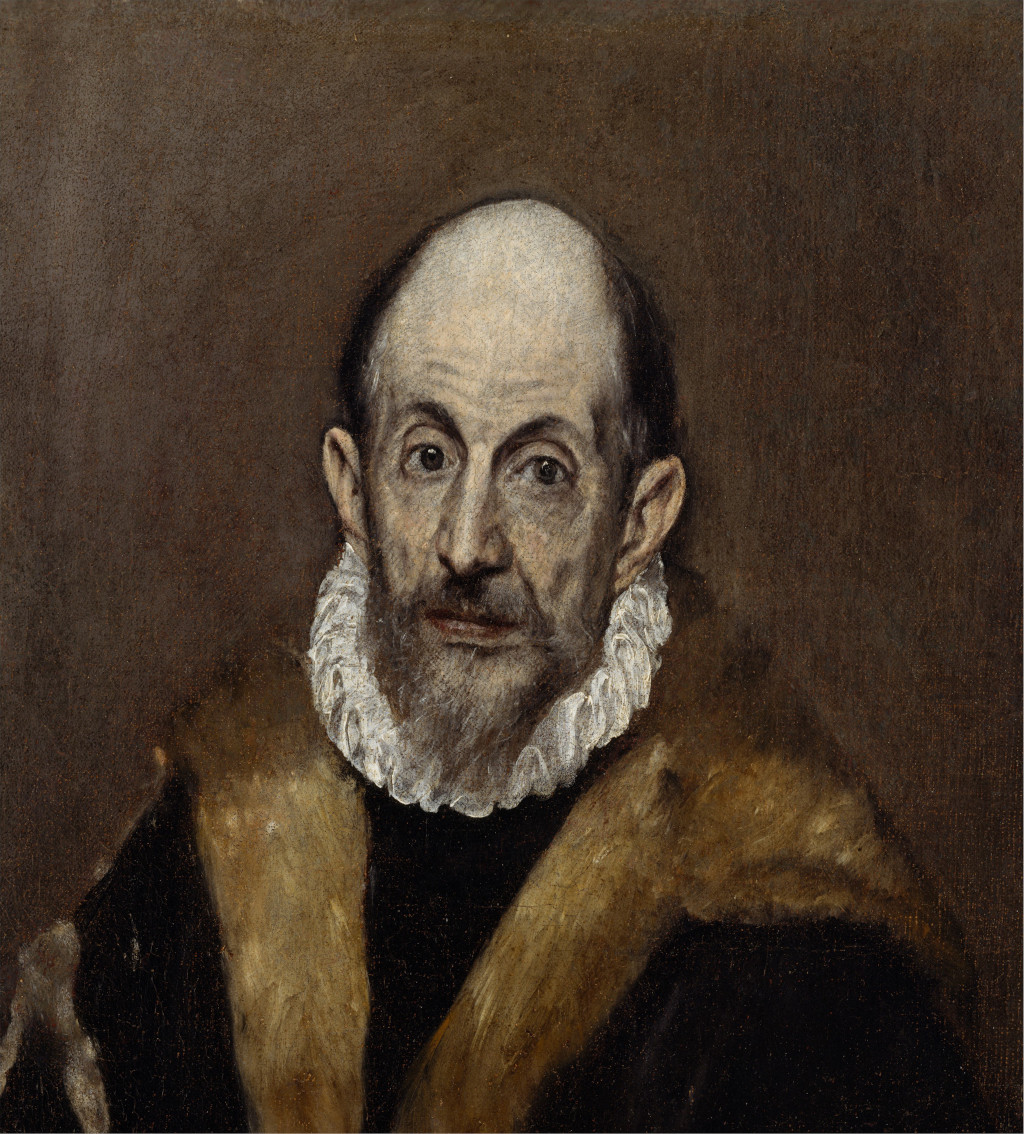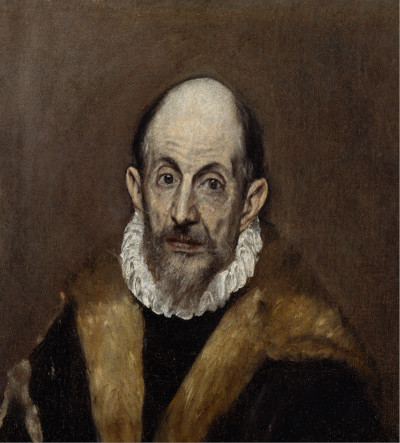The famous 16th-century painter and artist may have portrayed his personal neurological problems in a self-portrait painted by him in the late stages of his life.
After digging up some of the celebrated painter’s work, a group of researchers recently suggested that the artistic records in history showed a left eye problem noticeable in most of his pieces of art.
Raffaella Bianucci, Otto Appenzeller, and Fernando Marias recently addressed a letter to the Neurological Sciences paper containing reports on a mission to retro-diagnose the deceased painter, El Greco. The three researchers are famous in the fields of neurology, anthropology and art history respectively. The article is set to be released in the coming month.
In the findings of the researchers, it was suggested that the painter’s misaligned left eye and light reflection in his cornea that was portrayed in several of his paintings indicated a condition that he is thought to have developed while still in the womb. The condition is referred to as congenital enopthalmos. In another particular self-portrait, it was quite clear, based on the shading used in the eye cornea of the portrait, that El Greco had misaligned optical axes. The condition is referred to as strabismus.
According to the neurologists, when the strabismus condition is not corrected, it naturally leads to a lazy eye which has been witnessed in El Greco self-paintings. These pieces of evidence prompted further research and observation of the painting. The researchers dug out that El Greco had suffered many minor strokes that had an effect on his left side according to the historical records.
The witnessed symptoms were as follows; he had a larger left ear than the right, particular face muscles were smaller on the left than on the right and finally, his left corner of the mouth sagged than the right side. It is through these signs that Bianucci and colleagues concluded that El Greco might have lost awareness of his left side of the face. The proof of the series of minor strokes El Greco suffered can be attributed to the historic change of his signature.
Between the years 1608 to 1614, his signature on the self-portrait as well as other paintings had become unrecognizable. The worsening of his handwriting and appearance of the self-portrait could only point to the suffering of ischemic strokes.
These allusions may appear far-fetched to most people, especially those who didn’t pay keen interest in the works of El Greco. Enrique Santos Bueno, an ophthalmologist who has observed eye diseases in eye paintings at the Prado art, commented that the diagnosis of El Greco is an assumption. He added that for the allegations to be true, the researchers had to have a scientific basis, for instance, a medical history of the patient. That isn’t available because El Greco has been long dead.
Santos suggests that anyone could possess the evidence of facial asymmetry and it doesn’t have to be a sign of strabismus. Maybe in the time of painting, El Greco had his head turned slightly to the left. He also says that this painter had the sulcus syndrome which is a medical condition of the old that makes the eyelids naturally droop.
Senior scientists dealing with neuro-anatomy have suggested that to prove beyond doubt the cerebrovascular issues of the famous painter; it would be important to study his skeletal remains as well as his historical paintings much more deeply. The skull from his remains, for instance, would be used to prove the muscle deterioration on the left side of his face as put forward by the researchers Bianucci and his partners. However, the main issue would be to provide a reason strong enough to convince the Spanish government to open up the tomb of this legendary painter and artist.
In the world of art, El Greco’s paintings have been admired consistently for their naturalism and deep psychological insight. The El Greco self portrait created in about 1595 to 1600, has been alternately accepted and rejected as a searching self portrait. The painter appeared to have cast himself in supporting duties within a handful of religious pictures. The characters in the Christian paintings have been said to resemble the present sitter. However, they appear to be more virile and features white hair. El Greco’s works of art are publicly displayed in national museums today in appreciation of his talent.





